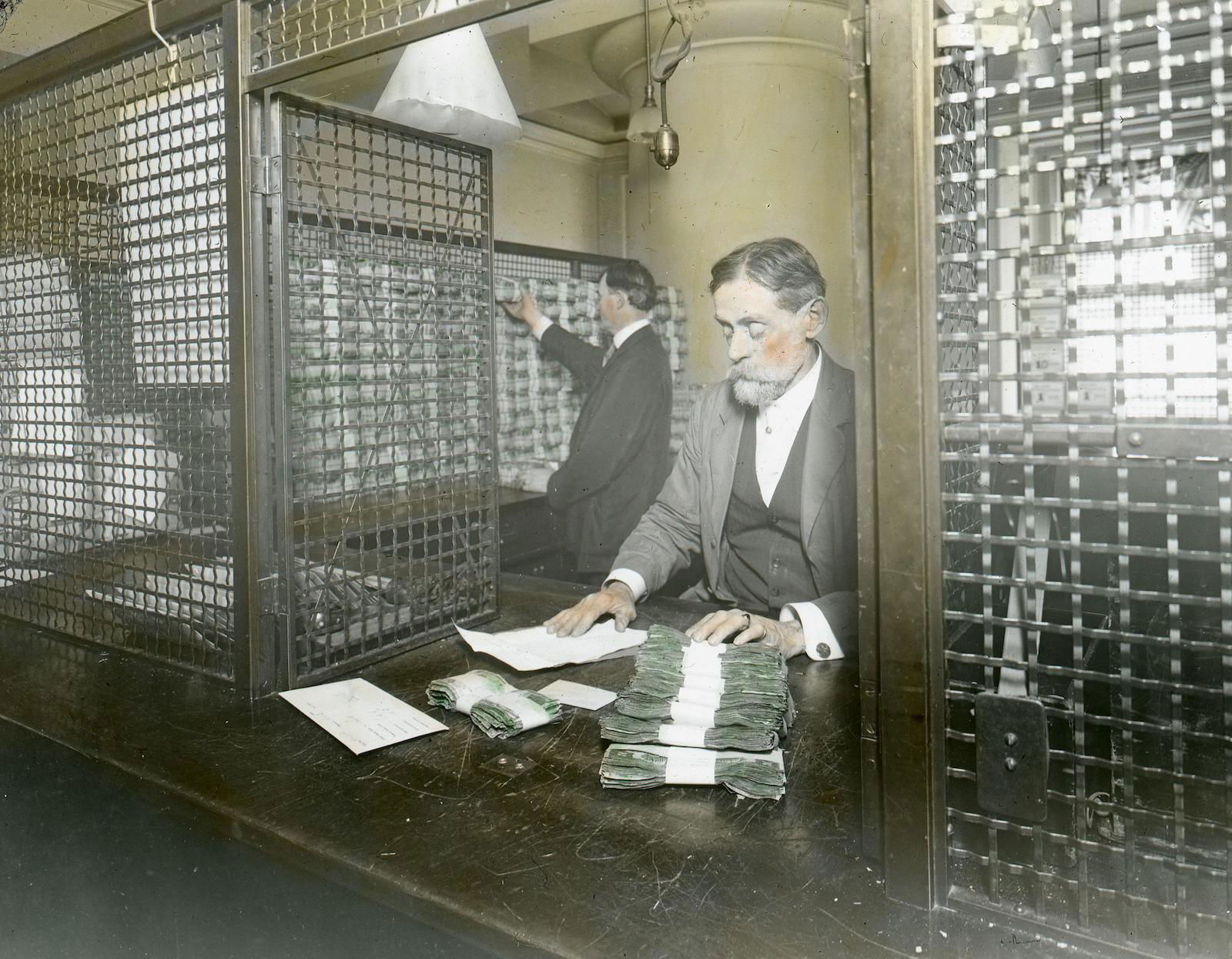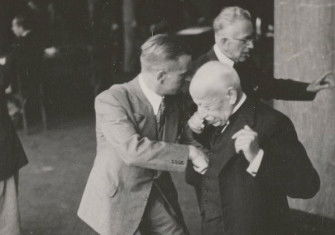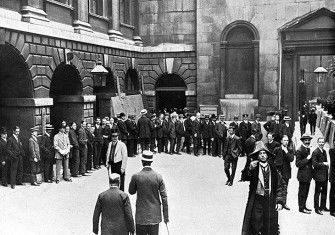The US Treasury’s Money Laundering Machine
The term ‘money laundering’ is often associated with mobsters, drug lords and morally dubious executives. But the expression’s first use was far less lawless.

In 1910, in the basement of the US Department of the Treasury’s Bureau of Engraving and Printing, a cacophonous and cumbersome money laundering machine was installed to solve the issue of deteriorating paper money. Instead of sending thousands of soiled dollar bills to the macerator, chemist Burgess Smith invented a contraption that not only washed away the grime, but also sterilised and ironed each note, rendering them pristine and crisp.
In an April 1912 report to Secretary of the Treasury Franklin MacVeagh, Treasurer Lee McClung argued that the machine would not only give people better and cleaner money, but, by reducing the cost of printing new money, it would greatly benefit the US economy.
With the capacity to wash 25,000 notes a day, the apparatus was capable of giving new life to around 60 per cent of bills presented to the Treasury for redemption, saving, it was estimated, roughly $250,000 of annual printing costs (the equivalent of $8,100,000 today).







